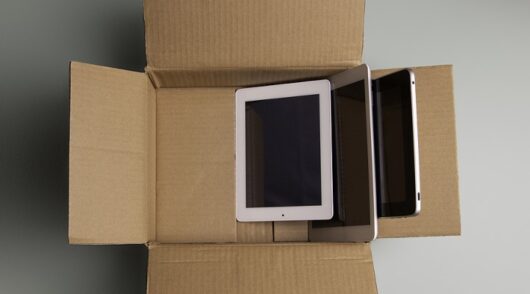 RFID – The essentials you need to know for loss prevention
RFID – The essentials you need to know for loss prevention
Inventory accuracy has a direct impact on sales and the future growth of a company. But there’s a growing trend in response to this, where retailers are tapping into the technology market to up the ante on poor book stock accuracy and significantly increase their ability to serve the customer.
Radio frequency identification (RFID) is gaining traction among retailers, which are investing resources to quell the risks of shaky inventory accuracy. Jon Wright is the head of Safety & Loss at one of the UK’s biggest retailers, River Island. The company recently trialled RFID and has seen exciting results both in stock accuracy and sales.
Ahead of Retail Loss Prevention 2015, he shared insight into the program, and how retailers can boost sales and drive loss prevention at the same time using RFID technology.
Starting out
RFID lets retailers identify individual items, cases or pallets the same way bar codes do – but wirelessly, with richer data and without need for a line of sight. There are many potential applications for RFID within retail; from increasing customer interaction with products through to item level visibility of products being stolen from the store.
In our own pursuit, we wanted to significantly increase the overall stock accuracy at a store level and see if that directly impacted sales.
We run annual stock-take in all of our stores, which is an opportunity for us to cleanse our stock files. At that point, our stock accuracy is in the high 90s. But six weeks after stock-take, stock file inaccuracies would begin to affect the replenishment to stores.
If you are missing 20 T-shirts in-store (through theft or admin errors), but your stock system thinks you have them, you will not get them replenished and lose potential sales. The only time this will be rectified is through the next annual stock take.
What we needed were ways to stock-take a store at least every week, something that RFID could enable us to carry out.
Trial objectives
- Above 97 per cent stock accuracy in all stores
- Above five per cent sales increase
Process
Most RFID vendors will tell you to run small trials on a limited number of product lines, making it easier to manage the RFID data coming through. We wanted to do something a little bigger, thus deciding to encode virtually everything in our trial stores – which included all of our clothing and jewellery lines. And to support the RFID data management, we dedicate a central team to analyse and audit.
For the RFID trial stores, the products are separated at our distribution centre and then tagged and encoded with RFID inlays. The supply chain process for these products doesn’t change at this point – normal delivery routines and so on…
Download the full 8-page guide to loss prevention with RFID at River Island here.






